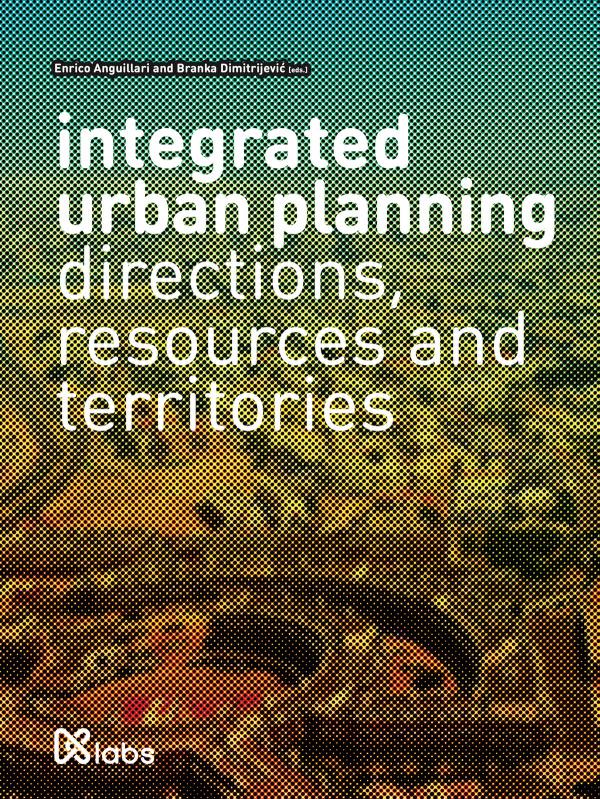
Synopsis
The purpose of the book on integrated urban planning (IUP) is to present ongoing research from the universities involved in the project Creating the Network of Knowledge Labs for Sustainable and Resilient Environments (KLABS).
Although sustainability and resilience have been largely explored in many complex social-ecological systems, they have only recently been applied in the context of cities. Both concepts are useful when seeking an integrated approach to urban planning as they help to look at the city as an interconnected, multi-dimensional system. Analysing the sustainability and the resilience of urban systems involves looking at environmental, social and economic aspects, as well as at those related to technology, culture and institutional structures.
Sustainability, resilience as well as integrated urban development are all focused on process. Their objectives are typically defined around the ongoing operation of the process and they can change during the time. Therefore, building a sustainable and resilient city is a collective endeavor that is about mindsets just as much as about physical structures and their operation, where capacity to anticipate and plan for the future, to learn and to adapt are paramount.
The papers published in this book show that the recent and current research in those institutions focuses on the directions of development of IUP, the processes that support sustainable and resilient use of natural resources and their application in the Western Balkan and some other European countries. Each essay aims to provide an overview of key aspects of the research topic.
The division of the book into three parts - directions, resources and territories - underlines how the challenges that the contemporary city poses can be dealt with more effectively by integrating different paradigms, concepts and trends of urban development and governance; taking into account the numerous problems linked to the availability and exploitation of the main natural and non-natural resources; and looking at the city and the territory as systems in constant transformation, not reducible within rigid dichotomies such as urban/rural, dense/sprawled, formal/informal, etc.
Chapters
-
Resilience, Political Ecology and DegrowthA Critical Review of Three Main Approaches to Political Geography and Urban Planning Theory
-
Integrated Planning as a Mechanism for Creating Sustainable and Resilient Settlements
-
The Role of University in a Policy Making ProcessIntroducing Integrated Urban Projects for Effective Urban Governance in Serbia
-
Resource Efficiency and Resilience in Urban SettlementsTwo Complementary Approaches Toward Sustainability
-
Innovative Approaches to Waste Reduction, Reuse and Recycling within an Integrated Urban Planning Concept
-
Spatial Dimension of Flood Risk
-
Integrated Approach to Flood Management
-
Transformations of Urban Fabric and Resilience Building
-
Land Use and Master Planning under the Pressure of Informal City GrowthCase Study of Belgrade
-
Spatial Policies and Resilient Urban-Rural CommunitiesAn Italian Case Study with Some Research Guidelines





